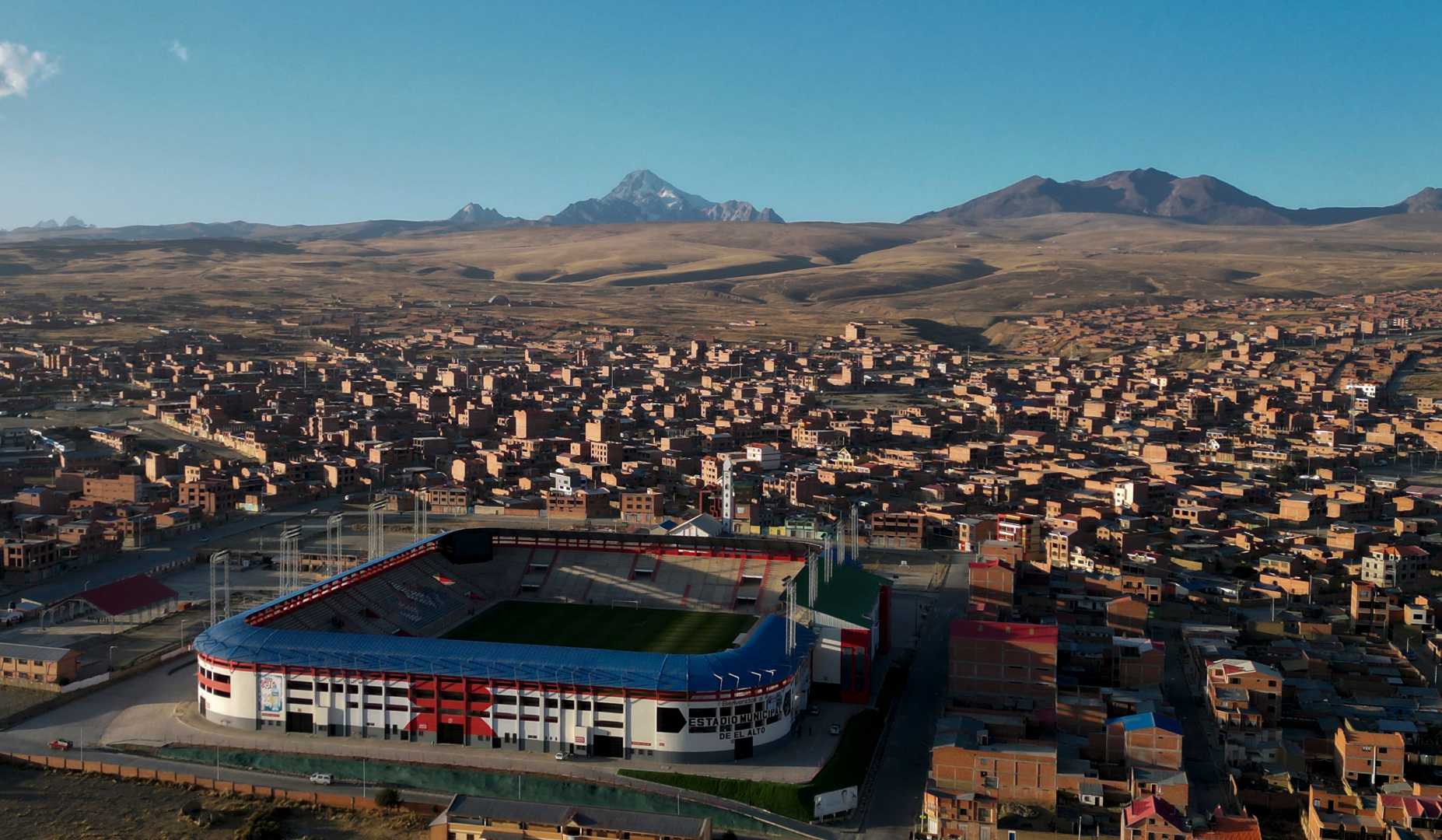Sports
Bolivia’s High-Altitude Advantage in World Cup Qualifiers

The Estadio Municipal de El Alto, located in Bolivia‘s bustling city of El Alto, poses an extreme challenge for visiting football teams due to its altitude of 4,150 meters above sea level. The stadium, now home to the Bolivian national team, is marked with the slogan “4150 MTS ALT. SE JUEGA DONDE SE VIVE,” which translates to “We play where we live.” This message reflects the pride and the home advantage Bolivians believe the altitude provides during international matches.
In September, Venezuela became the first team to face Bolivia at this high-altitude arena during a World Cup qualifier. Their preparations included breathing exercises and acclimatization techniques like hyperbaric chambers, ultimately succumbing to a 4-0 defeat. Next, a formidable opponent, Colombia, known for their performance in recent Copa America competitions, was set to play the Bolivians in El Alto.
Historically, Bolivia has capitalized on playing at higher altitudes, often using it as an advantage in international competition. The challenge was highlighted in 2009 when Bolivia defeated Argentina 6-1 in La Paz, located at 3,660 meters above sea level. This victory left Argentina’s coach at the time, Diego Maradona, deeply affected, though he refrained from attributing the loss to the altitude.
The altitude debate has been long-standing in international football. FIFA once imposed a ban on matches above 2,750 meters due to proposed health risks and potential competitive imbalances, a move that was opposed by Bolivia’s then-president Evo Morales.
Despite the perceived obstacles, Bolivia has historically performed well on home soil, picking up more points during World Cup qualifiers at home than away. The thin air of the Andes seems to play more into the psychological preparedness of visiting teams, although tangible effects such as slower recovery times and altered ball behavior are noted by players like the renowned Marco Etcheverry.
On the other hand, experts argue that with modern conditioning techniques and planning, such as longer acclimatization periods, visiting teams can minimize the altitude impact. This was suggested by Mario Kempes, an Argentine legend, who recounted successful preparations by their national team decades ago.
For the upcoming qualifier against Colombia, Bolivia’s squad faces its own challenges, missing key players like veteran goalkeeper Carlos Lampe due to injury. For Colombia, the absence of players such as Daniel Muñoz and Yerson Mosquera due to injuries will alter their lineup.
The outcome of playing at such an altitude remains a topic of debate amongst sports scientists and strategists, especially when considering Bolivia’s historical results. The Bolivian Football Federation, while shifting focus to El Alto, may be attempting to secure their competitive edge legally and naturally by maximizing their geographic conditions.












